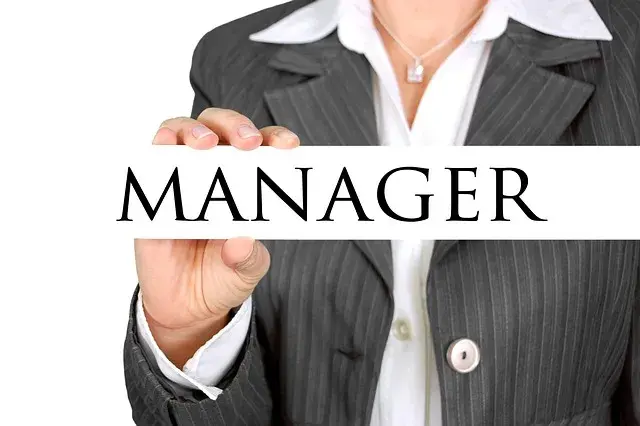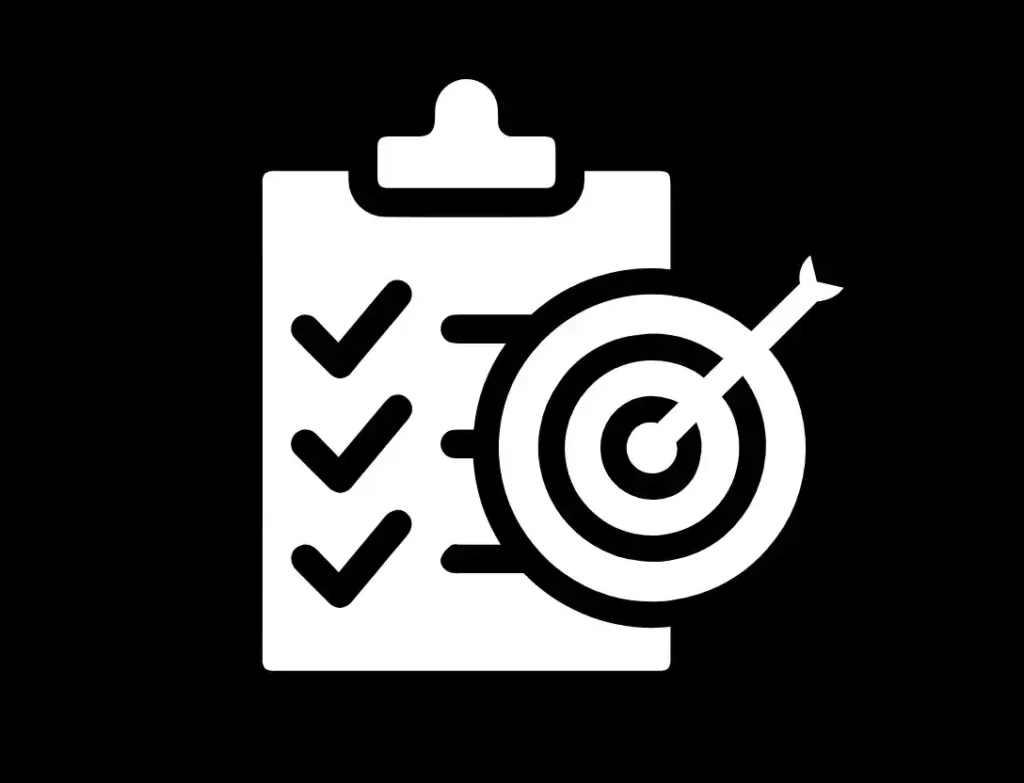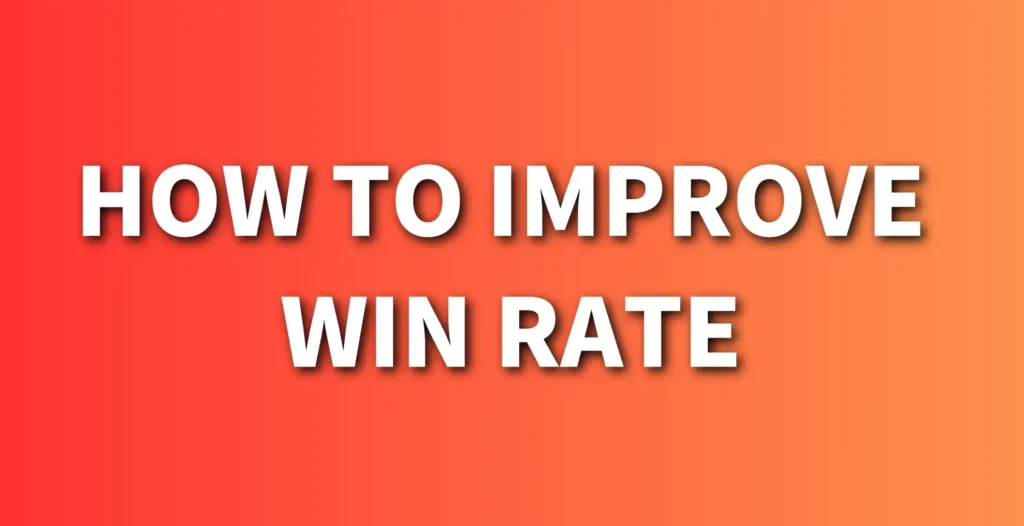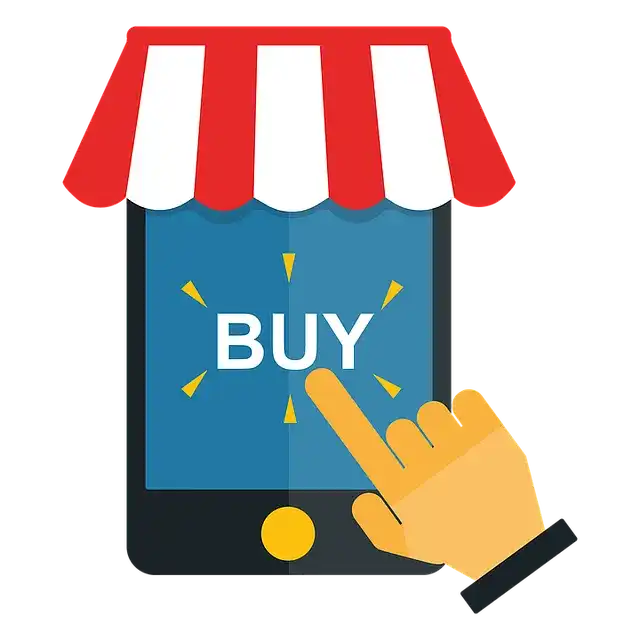Key Takeaways:
- ✅ Sales enablement is coaching sales teams to ensure they have the necessary tools, resources, and skills to close more deals and drive revenue growth. This involves aligning sales and marketing teams, providing training, and using sales enablement technology to automate and streamline sales processes.
- ✅ Sales enablement is critical for businesses to stay competitive in the marketplace. It can help improve the quality of leads, shorten sales cycles, increase win rates, and improve customer satisfaction.
- ✅ Sales enablement helps sales representatives bring more value to each conversation by fully understanding the customer’s needs.
- ✅ Sales enablement is also crucial for sellers to learn how to be as effective behind a screen as they are in the room, as virtual selling is becoming increasingly prevalent.
- ✅ The key performance indicators (KPIs) to focus on when creating a sales enablement program include ramp time, win rate, deal size, and sales cycle length.
What is Sales Enablement?
At Getemy, we define Sales enablement as a strategy that equips sales teams with the relevant resources, knowledge, and tools to effectively engage with prospects and close deals.
It involves a strategic alignment between marketing and sales teams, focusing on improving the customer buying process.
The entire sales enablement space encompasses various activities, including sales training, content creation, and technology implementation. Its ultimate goal is to increase sales productivity and revenue generation.
The sales enablement society was born in 2013 which solidified the sales enablement professionals.

Effective sales enablement improves collaboration between sales and marketing, leading to better customer experiences and increased customer loyalty. Don’t miss out on the benefits of sales enablement – invest in it today.
Importance of Sales Enablement
Sales enablement is vital for the success of any organization. It involves the provision of resources, tools, and training to sales professionals, allowing them to deliver value to customers consistently.
Developing a sales enablement strategy can drive revenue growth and efficiency, enhance customer experience and ensure retention. By investing in sales enablement, organizations can empower their sales force to engage, educate and sell better.
Sales enablement is crucial for businesses to meet their sales goals. It enables sales teams to understand and frame customer needs, provide tailored solutions, and generate accurate sales forecasts.
This improves the overall sales performance and helps organizations overcome the challenges they face. Providing your sales team with the right materials and tools also ensures consistency in messaging across geographies, products, and solutions and enables your sales representatives to focus on building relationships and creating value for customers.

Sales enablement has evolved significantly in recent years, with the emergence of new technologies and changing customer expectations.
It has moved beyond traditional methods of training and enablement to include digital delivery, gamified learning, AI-based coaching, and more. By embracing these trends, sales teams can be better equipped to meet the modern customer’s needs and deliver superior business outcomes.
Challenges Faced By Sales Reps
One of these challenges is the increasing expectation for sales reps to position themselves as experts who can confidently offer informed insights on industry matters.
Another challenge that has recently emerged is the shift towards hybrid sales approaches that involves both in-person and remote interactions. Furthermore, economic uncertainty has made it increasingly difficult for sales reps to make mistakes in the sales process.
These challenges highlighted in the article can be detrimental to the success of any sales-oriented business.

Sellers as Experts
Sales representatives must be experts in their field to succeed. This means having deep knowledge of products, services, and industry trends while also being skilled in communication, negotiation, and problem-solving. Sellers play an important role in winning and retaining customers.
To become sellers as experts, they must continuously learn and adapt to changing sales enablement market conditions. They need to stay up-to-date with the latest developments in their field to guide clients through complex purchasing decisions. Additionally, they should always be well-prepared for meetings with potential customers by researching their needs and tailoring their pitches accordingly.
One unique challenge sellers face is balancing virtual and in-person interactions in a hybrid sales world. They must be equally adept at communicating over email or video conference as negotiating deals face-to-face.
To overcome these challenges, sales enablement programs can provide training around product knowledge, industry trends, and effective communication techniques.
Role-Playing
Role-playing exercises can help sellers develop the confidence needed to handle difficult customer interactions, while metrics such as ramp time and win rate can help measure progress toward becoming sellers as experts.
Sales in a Hybrid World is Challenging
With the growing shift towards hybrid workplaces, the sales landscape has been challenged unprecedentedly. Sales in a hybrid world are challenging due to new dynamics from this transition from traditional working environments.
The blurred lines between physical and remote working spaces have made collaboration and communication difficult while also adding to seller workloads, leading to decreased efficiency.
To succeed in sales during post-pandemic times, organizations must reimagine their enablement strategies, emphasizing equipping sellers with tools that can streamline workflow during virtual interactions with customers.
Providing the right sales enablement platform to fuel seamless communication and collaboration between sellers regardless of location can help overcome these transforming hurdles.

During this transformation, it’s crucial that organizations remain agile and flexible as they adapt to a changing environment by offering personalized coaching programs intended to foster continuous development. Regularly scheduled training sessions are vital for promoting the skillsets required to navigate challenges created by working in a hybrid work environment.
Economic Uncertainty Leads to Less Room for Error
During times of economic uncertainty, sales representatives face greater pressure to perform. Even small mistakes can have significant consequences with limited resources and increased competition. To succeed in this environment, sales enablement strategies must be adapted to provide reps with the tools and training they need to navigate these challenges.
One way to address economic uncertainty is by focusing on reducing errors in the sales process. This can involve identifying areas where mistakes are most likely to occur, such as miscommunication or incorrect data entry, and implementing measures to prevent them.
In addition, reps may need additional support in crafting persuasive pitches that resonate with prospects during difficult economic times. This could involve developing targeted messaging that highlights the value of a product or service in challenging circumstances or training reps in negotiation tactics that help them close deals more effectively.
To further improve sales effectiveness during economic uncertainty, it is important to establish clear goals and track progress against them.
For example, organizations may set targets for ramp time or deal size based on historical data or industry benchmarks. This allows reps to focus their efforts on specific areas of improvement and provides a framework for ongoing evaluation and refinement.
Overall, success in sales enablement during periods of economic uncertainty requires strategic planning and tactical execution.

How To Succeed In Sales Enablement
If you are new to sales enablement, you may wonder how to succeed in this exciting field. Here are sales enablement best practices:
- First and foremost, it’s important to choose your enablement goal. This will help guide your efforts and ensure you work towards a specific outcome.
- Define the desired behavior change that you want to see in your sales enablement team. Once you have a clear idea of your goal, you can shape behavior change with effective training.
- Be adaptable and open to learning – success in sales enablement often comes from trial and error.
So, let’s get started on your path toward success in this dynamic field!
Choose Your Enablement Goal
Having a clear and specific goal is crucial for successful sales enablement. Defining the desired outcome, whether ramp time reduction, higher win rate, increased deal size, or shorter sales cycle length, will streamline your approach to sales enablement.
You can determine which areas require improvement by tracking relevant metrics such as ramp time, win rate, deal size, or sales length. This will allow you to direct your resources toward bridging gaps in performance where necessary.

Identifying specific areas for improvement through analysis of data-driven insights helps strategize appropriate training programs.
Ramp Time
Efficient sales onboarding time for newly-hired sales representatives is called ‘ramp time.’ A shorter ramp time increases productivity and results in more profitable deals.
The longer the ramp time, the more frustrating and costly it is to any business. Therefore, optimizing this process should be one of the top priorities of sales enablement. It involves providing comprehensive training, teaching the company’s culture and core values, and endorsing hands-on experience.
To overcome the challenges faced by new hires during the onboarding period, organizations must monitor their progress through timely feedback and sales coaching assessments throughout the process. Additionally, it requires designing an effective ramp program that includes personalized coaching, microlearning tools such as virtual classrooms, and webinars to facilitate knowledge transfer at all stages.
Incorporating gamification strategies within the onboarding process has also proven successful in minimizing ramp time while achieving exceptional retention rates. Using this approach makes learning fun and exciting.
Winning isn’t everything, but it’s pretty close in sales enablement – here’s how to improve your win rate.

Win Rate
Achieving Greater Sales Success with Conversion Rates
Win Rate is an essential metric that measures the percentage of deals a sales team wins. With a higher win rate, companies can generate more revenue and increase sales success.
To improve your win rate, it’s crucial to analyze every stage of the sales process, including lead generation, qualification, proposal presentation, and closure. Successful businesses also ensure their sales reps have the right tools and resources to close more deals efficiently.
One unique detail to consider is aligning pricing with the proposal’s value proposition. Deals are easier to close when there is a clear differentiation between what consumers will be paying for compared to other alternatives in the market. This separates a deal from being just another transactional exchange but rather a strategic business decision.

Deal Size
To optimize “Deal Size”, or the value of each transaction, in sales enablement, it is essential to analyze and understand customer needs to tailor solutions that align with their goals.
A successful approach involves identifying the most profitable segments, creating value propositions specific to each segment, and highlighting metrics that prove success.
A table showcasing case studies of companies that successfully increased “Deal Size” through targeted enablement strategies could include columns such as segment targeted, customized messaging used, the percentage increase in deal size, and time frame.
For instance, a company that maximized “Deal Size” by targeting C-suite executives could highlight how they crafted messaging demonstrating how their solution aligns with business objectives and positively impacts customer acquisition costs.
In addition to analyzing data for successful strategies to optimize “Deal Size,” it’s vital to continually provide ongoing training and opportunities for sales representatives to strengthen messaging skills. Understanding top-down revenue sales funnel metrics and the buyer’s journey can help identify team performance gaps and inform behavior change in sales coaching.
Sales Cycle Length
In sales enablement, ‘time to close’ is a crucial metric for any business. It refers to the time it takes for a lead to become a customer. With increasing competition and evolving buyer behavior, businesses must continually optimize their sales cycle length.
The key to shortening the sales cycle is identifying and understanding your customers’ pain points, needs, and preferences.
To streamline the sales enablement process and reduce deal-closing times, businesses should focus on improving communication between sales representatives and prospects.
Personalized follow-up sequences tailored to each prospect’s unique buying journey can achieve this objective.
To aid those looking to shorten their organization’s sale cycle length further, they should analyze common bottlenecks or inefficiencies in their current workflow. Businesses that track these metrics can identify improvement opportunities while providing direction concerning priorities.

Sales cycles are dynamic, with variation depending on organizational size and industry type. However, studies have shown that companies can grow revenue streams by establishing an efficient sales strategy tailored towards reducing sales cycle length through personalization, qualification processes, and accelerated purchasing decisions.
According to HubSpot research from 2021, organizations that effectively implement sales enablement technology as part of their enablement program have seen a 78% increase in annual revenue compared to just 35% of those who do not; highlighting the importance of constant self-evaluation.
Define Desired Behavior Change
To facilitate sales enablement, the sales team must achieve a specific desired behavior change. This can be done by analyzing the present behavioral patterns and determining how they must be altered to achieve the required outcome.
The desired behavior change refers to identifying the changes needed in various actions, attitudes, and approaches of sales teams toward achieving their goals.
To define desired behavior change in sales enablement, it is crucial to understand how employees work. Clearly, setting goals relevant to behaviors under scrutiny for alteration requires a close analysis of current employee behavior without judgment. Using data-driven evidence, one may observe how effective employees work while noting any obstacle hindering inferior workers’ progress.
The procedure traces back to setting achievable goals for improved performance targets or KPIs and outlining a structured process of attaining that goal. This may involve developing skill training programs customized for the specific objectives as well as offering coaching assistance or feedback mechanisms for workers struggling with specific tasks. Typically, using competency assessments determines if objectives are on course.
Define The Behavior Change
Defining the desired behavior change demands deep introspection into what drives success while outlining areas needing improvement. The right sales training module should provide clear-cut instructions on potential framework changes, and realistic reinforcement cues predicated by data analysis that support improved performance metrics like higher win rates or larger average order magnitude per month.
The experience from many organizations that intentionally crafted new desired behaviors into daily workflows noticed increased employee motivation, enhanced revenue outcomes, and superior job satisfaction levels among high performers within departments over time.
Shape Behavior Change With Training
Shaping behavior change with training is all about realizing your sales enablement goals and bringing them closer to reality. A well-defined vision and objective will help you determine if you’re really creating the right changes in the behavior of your sales representatives. Once you have defined the behavior changes you want to achieve, it is time to design a training program to facilitate such behavioral modifications.
The training should aim to impart knowledge and directly target changing sales reps’ mindsets so they can succeed in their roles. Implementation of training will ensure that they pick up critical skills and knowledge that aligns with your company’s objectives.
Sales reps can then implement these skills daily, thus bringing about significant behavioral change. Successful on-the-job experience and regular feedback sessions are important for shaping the desired behaviors.
It’s crucial to keep regularly assessing your strategy effort progress through surveys, appraisals, feedback forms, reports, etc., continually improving wherever possible.
To truly shape behavior through training programs, companies must create a concrete plan encompassing achievable objectives while recognizing potential limitations. This can be useful in helping companies stay ahead of ever-evolving market trends, which are an extensive part of today’s business environment.
Fearful and uncertain times can be unsettling enough without feeling like one cannot catch up on skill improvements or feel isolated within their profession. Therefore, having a robust and effective training program is essential for ensuring sales reps’ success while fostering an inclusive work environment focused on continuous improvement.
Don’t let the fear of missing outweigh you down – invest in your company’s future by designing empowering plans for shaping behavioral changes through tailored training initiatives today!
Adapt, Learn, Repeat.
To ensure success, one must adapt, learn, and repeat in sales enablement. Your sales team must constantly adapt to the evolving market and learn new techniques and strategies through training programs. Through this adaptation, learning, and repeating process, companies can achieve their enablement goals for ramp time, win rate, deal size, or sales cycle length.
Sales teams must embrace a culture of continuous improvement to keep up with market changes and customer needs. By adapting to these changes and continuing education with the latest techniques in the industry, sales reps can improve their performance over time.
FAQ
What is sales enablement?
Sales enablement is a process of equipping sales teams with tools, resources, content, and training to help them sell better and faster. Sales enablement also involves aligning sales and marketing teams, and ensuring effective sales and marketing alignment throughout the entire sales cycle and customer’s journey.
Why is sales enablement important?
The sales department faces many challenges in advancing prospects through the sales pipeline and ultimately closing deals. Sales enablement is important because it helps sellers better understand the product, the customer, and the market more deeply, so they can bring more value to each conversation. Sales enablement optimizes sales productivity, improve win rates, and increase deal sizes. Implementing sales enablement can also align sales and marketing teams, and improve sales and marketing alignment.
What are some key challenges that reps face in selling?
They struggle to understand the problem and bring a solution to it.
Some key challenges that reps face are:
- They are expected to be experts and consultative.
- Sales in a hybrid world is challenging, and virtual selling is becoming harder.
- With economic uncertainty, there’s less room for error and puts sellers under pressure to keep revenue from dropping.
How can I ensure sales enablement success?
To optimize sales enablement for success, there are several steps you can take:
- Choose your enablement goal, such as reducing ramp time, increasing win rates, increasing deal size, or shortening sales cycles.
- Define the behavior change you need to achieve your goal.
- Shape the new behavior with new training, coaching sessions, and other sales enablement resources.
- Adapt, learn, and repeat on a regular basis to measure the success of your sales enablement efforts, and make adjustments as necessary to continue to improve sales productivity.
What are some key sales enablement terms and concepts?
Some key sales enablement terms and concepts include:
- Sales enablement materials, such as content, tools, and resources
- Sales enablement processes, such as onboarding, training, and coaching
- Sales enablement leadership, such as sales leaders, sales managers and sales enablement professionals
- Sales enablement solutions, such as sales enablement platforms and sales enablement software
- Marketing and sales alignment involves aligning marketing and sales teams and their efforts
What is the role of sales enablement ownership?
Sales enablement ownership involves the responsibility of owning the sales enablement function within a sales organization. Sales enablement leaders play a crucial role in defining sales enablement strategies, implementing effective sales enablement programs, and ensuring that the sales teams have the tools, resources, and training they need to succeed.
Who owns sales enablement?
Sales enablement ownership involves owning the sales enablement function within an organization. Many sales enablement platforms offer a wide range of training programs.
What is a sales enablement tool?
A sales enablement tool is any tool that helps sales enablement teams to increase their performance, for example a CRM (Customer Relationship Management System).

